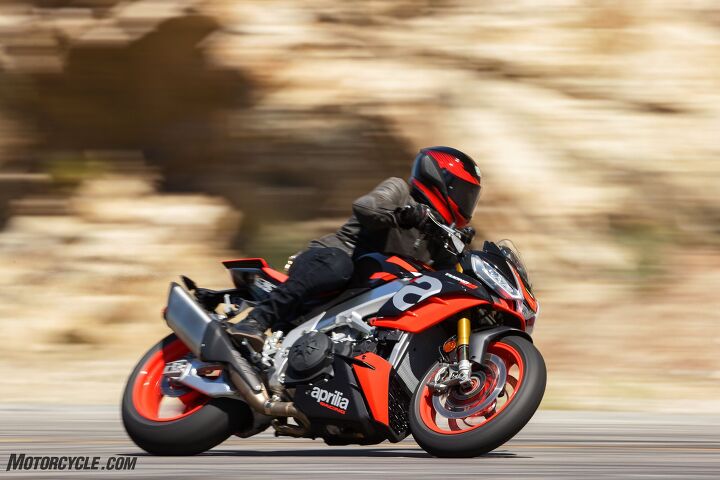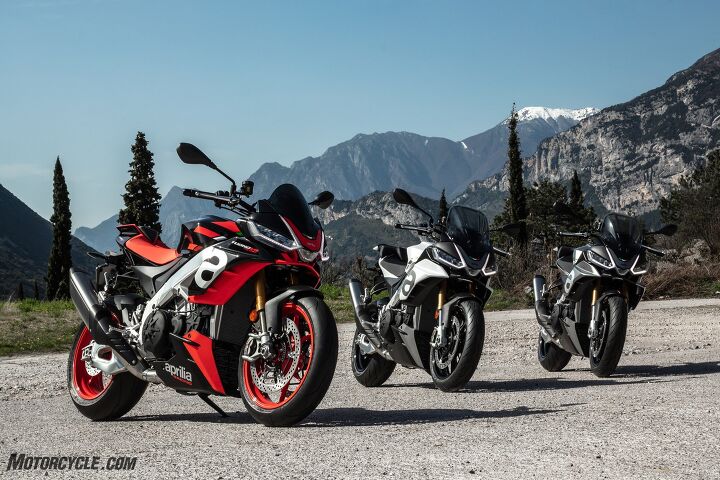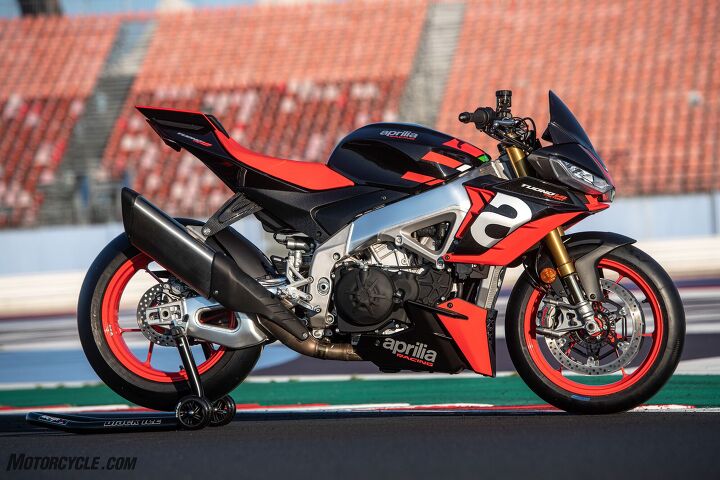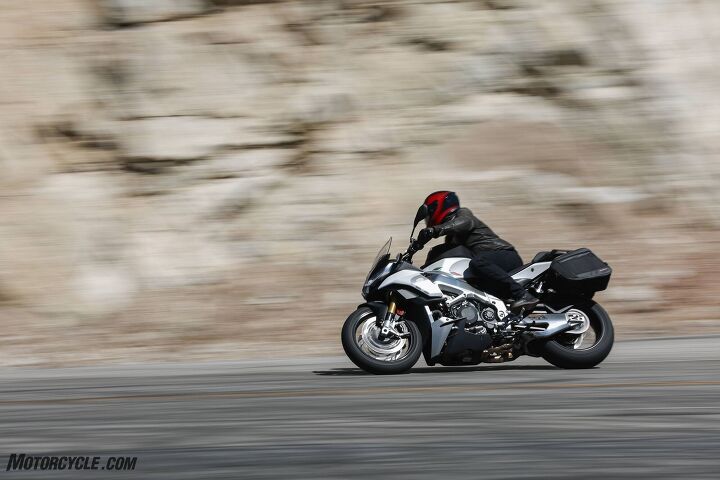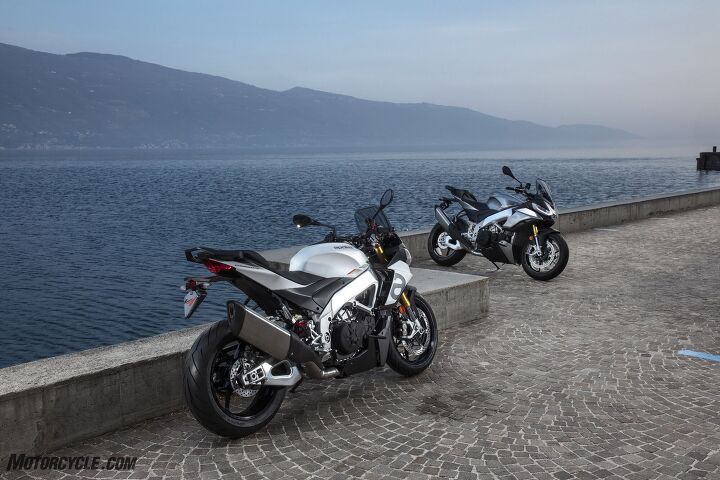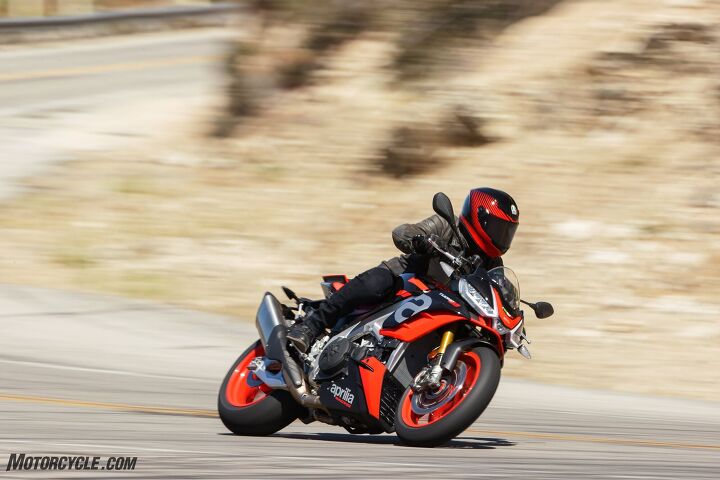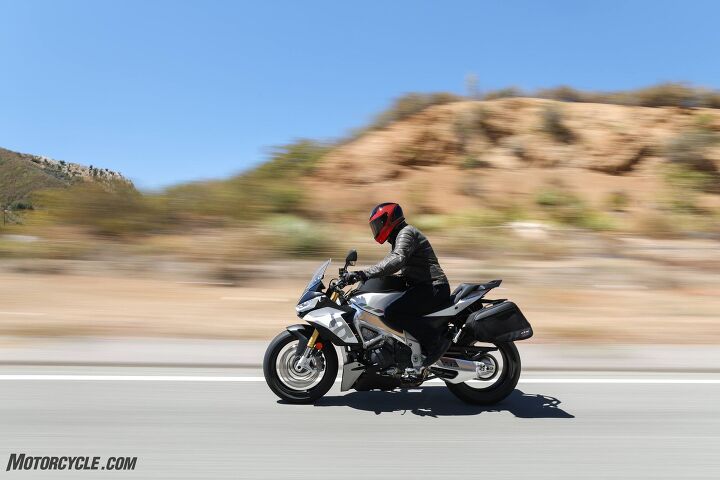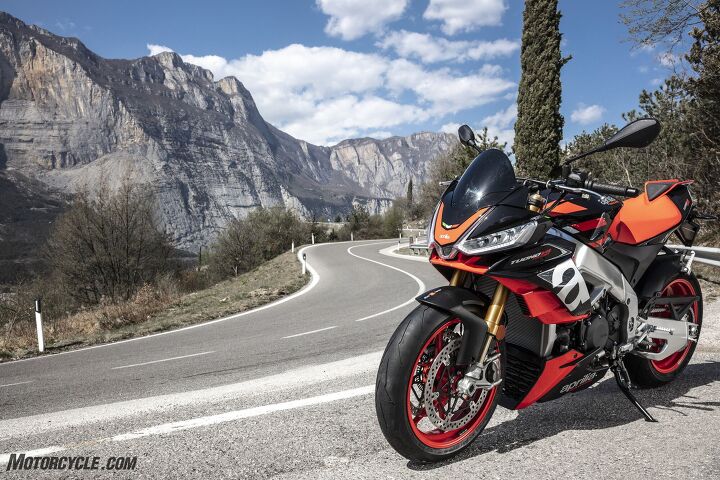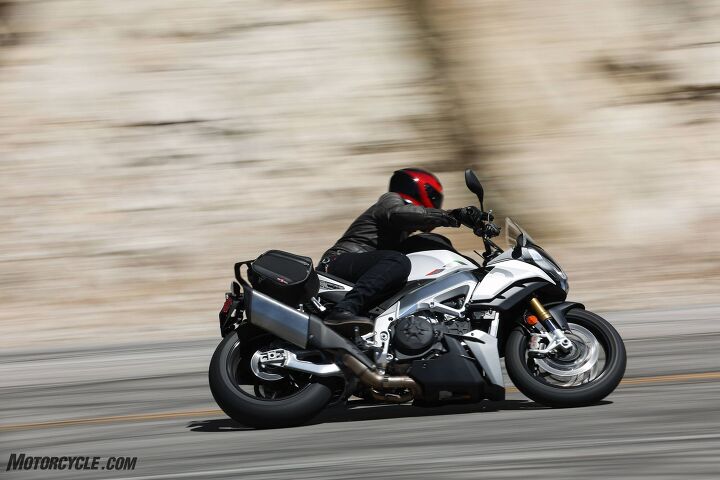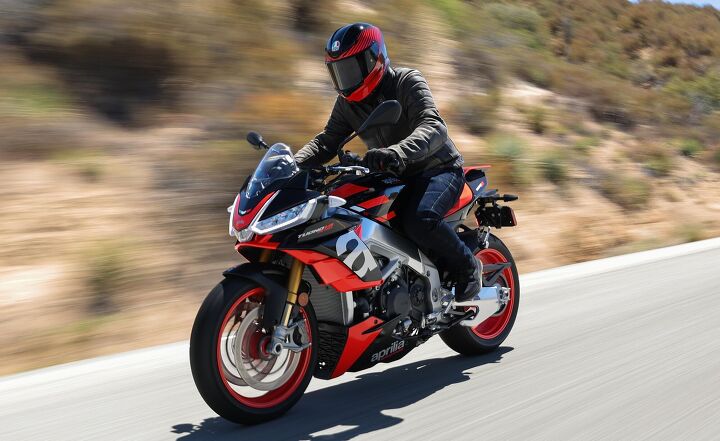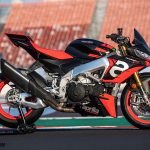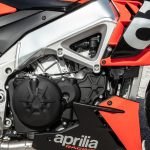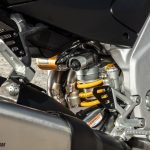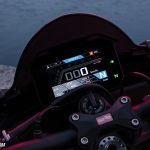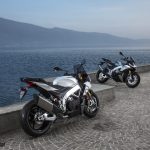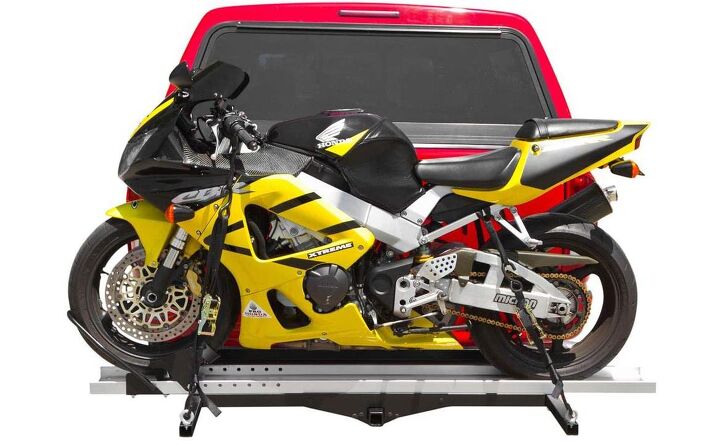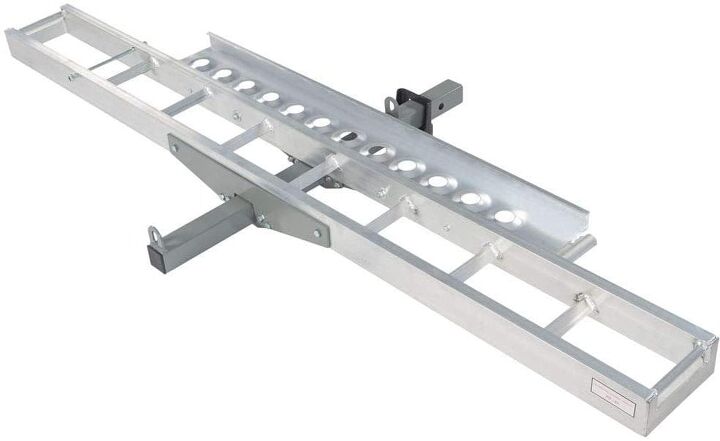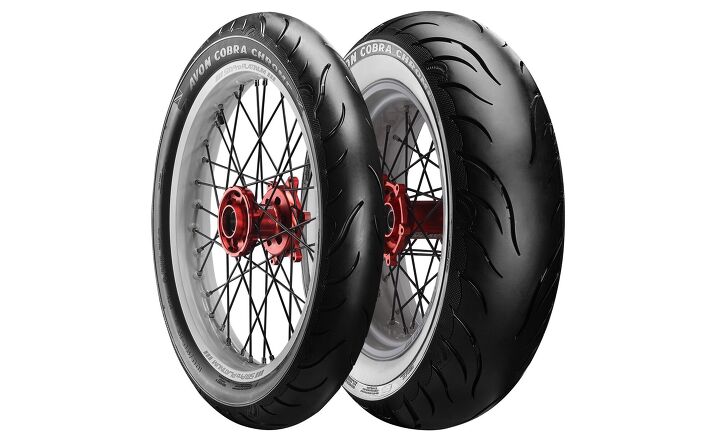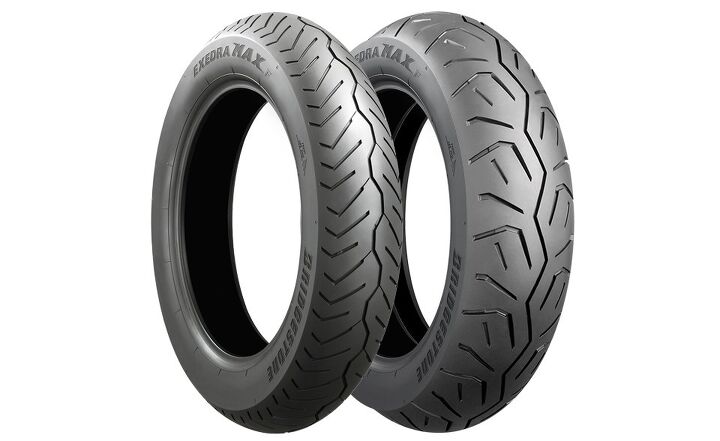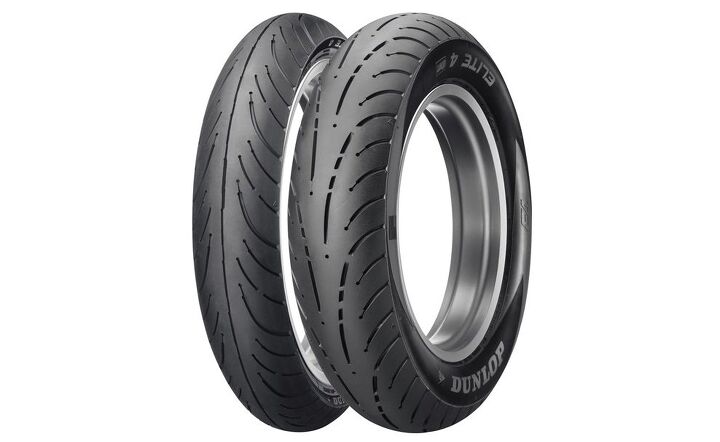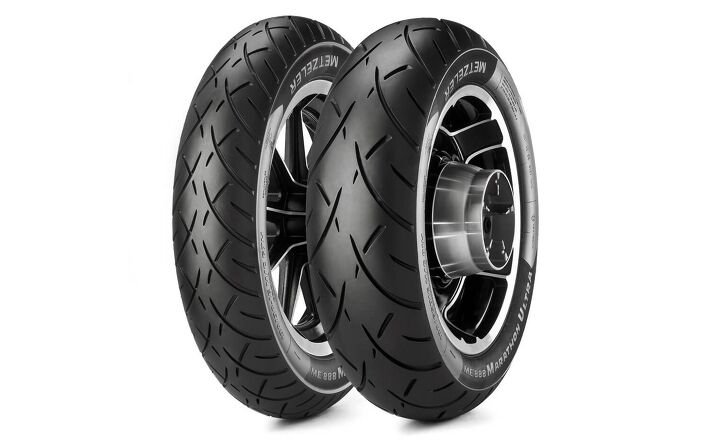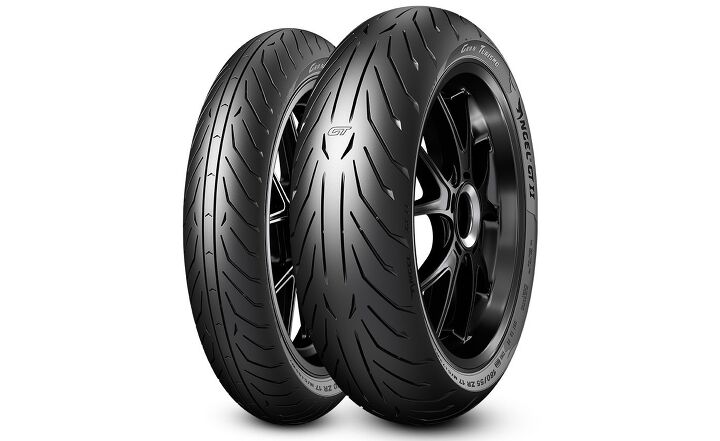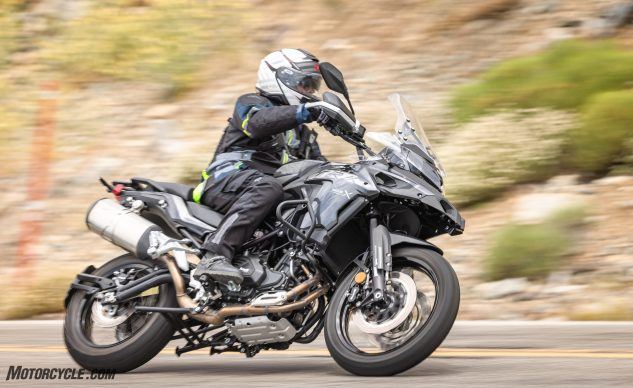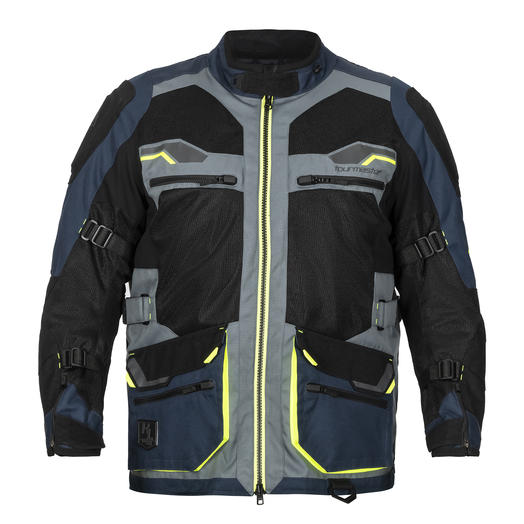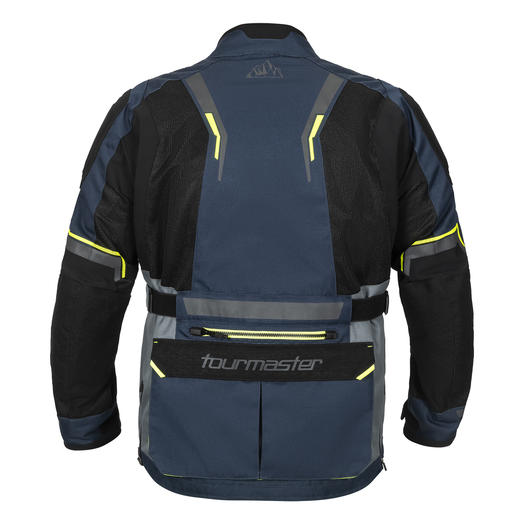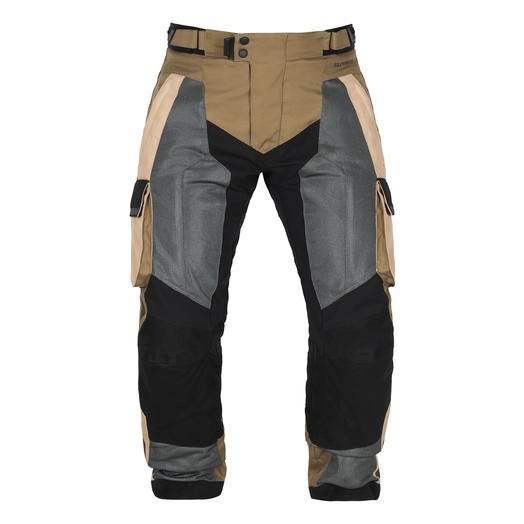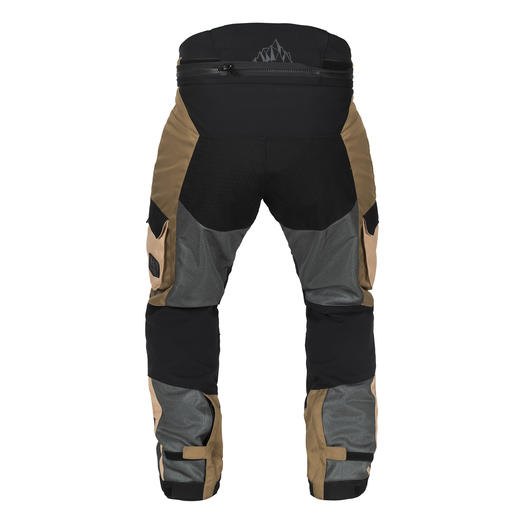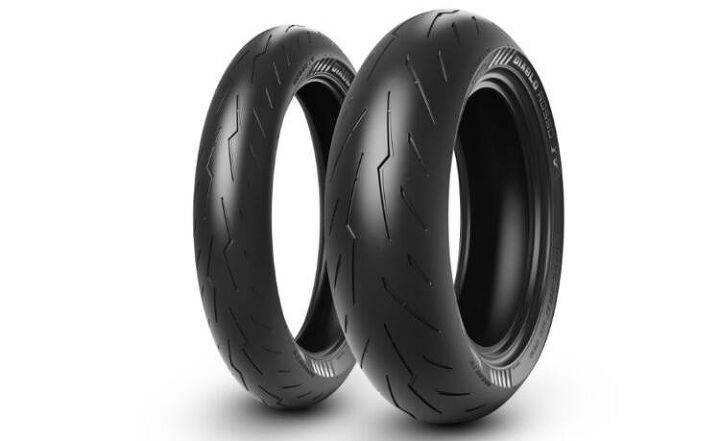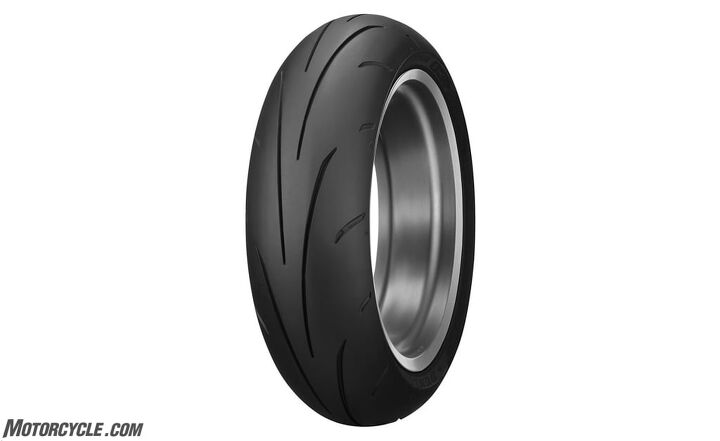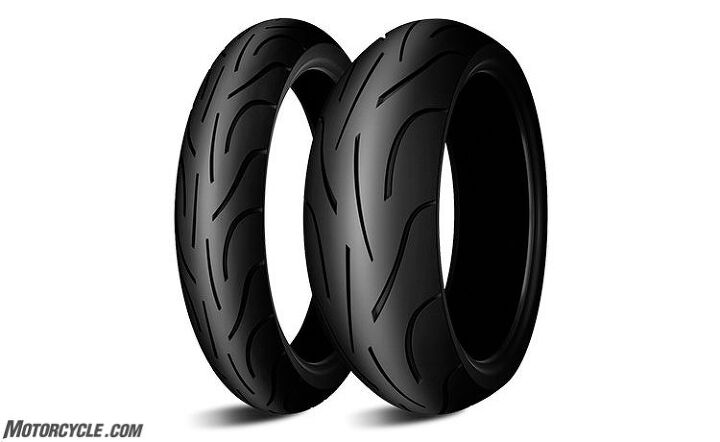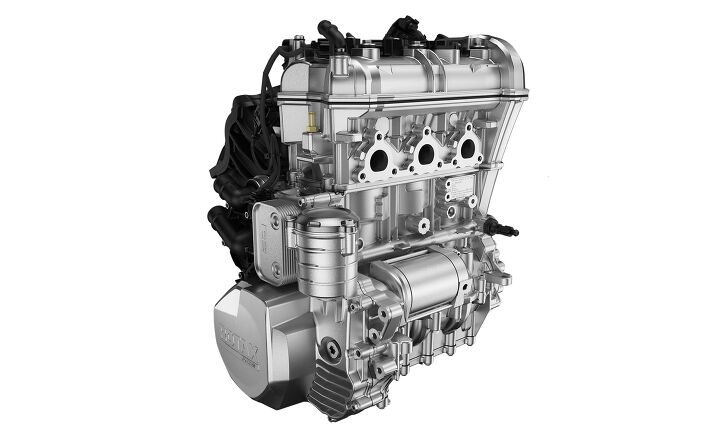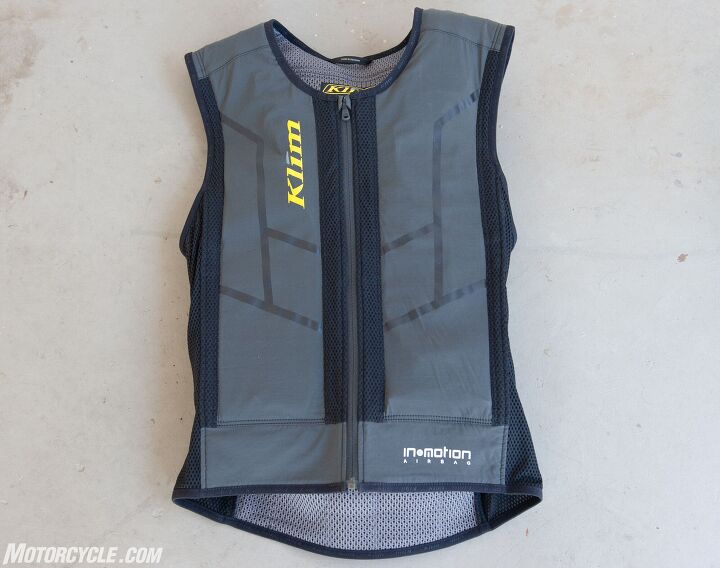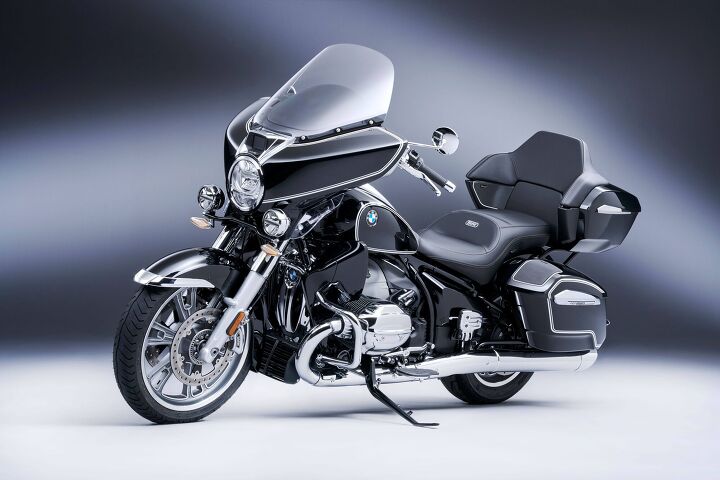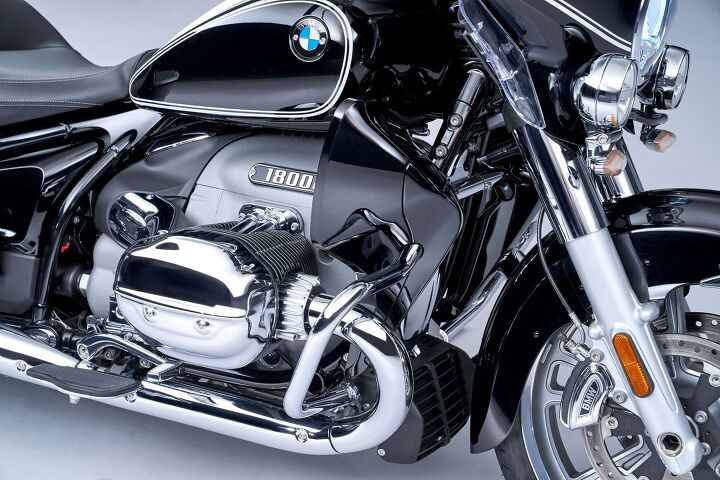2021 Aprilia Tuono V4 Factory
Editor Score: 92.75%Engine 19.5/20 Suspension/Handling 14.5/15 Transmission/Clutch 9.0/10 Brakes 9.0/10 Instruments/Controls 4.25/5 Ergonomics/Comfort 9.0/10 Appearance/Quality 9.5/10 Desirability 9.5/10 Value 8.5/10 Overall Score 92.75/100
Coming directly off of a six-bike shootout the previous day of paltry 900cc nekids, I knew I needed to focus on rewiring my brain to handle the beast that is the Aprilia Tuono V4. I’ve been a fan (and owner) of the Aprilia Tuono V4 platform for some time now – and I’m not the only one around here. From earning the editors’ top spot in our 2017 Supernaked Streetfighter Shootout!, to bringing home the people’s choice award in our Writer’s Choice: MO’s WSBK Sport-Touring Showdown in 2019, the Tuono’s list of accolades run deep through the years both at MO and other publications worldwide – and it just keeps getting better. With an ever more hard-edged category though, the Tuono hasn’t won them all.
For 2021, we’re looking at incremental changes and a bit of differentiation in the position of the standard Tuono V4 versus the Tuono V4 Factory – now without double Rs and other confusing monikers to keep track of. The Tuono V4 is now more focused on being a street-friendly “hypernaked.” The base model has taller risers, a taller windscreen with slightly more wind protection around the front fairing, lower passenger pegs, a passenger grab rail, and a larger, more accommodating seat (similar to what has been seen before on previous Tuonos) with a more robust subframe for the potential extra weight of a passenger and luggage. The Factory model remains focused on outright performance with Öhlins SMART EC 2.0 electronic suspension, the RSV4-derived tail and subframe setup, and sportier rubber.
The two Tuonos sport different rubber: Pirelli Diablo Rosso III for the standard V4 and Pirelli Diablo Supercorsa SP for the Factory. The Factory version also boasts a slightly larger 200 section rear to the 190 of the Tuono V4.
Incremental Changes
This has been the story of the Tuono V4 for some time. Not a lot of major overhauls throughout the V4’s lifespan. That’s not to say important changes didn’t happen, but rather that Aprilia put together a machine with such a solid foundation a decade ago(!), it’s only needed those incremental changes over the years to keep the V4 in fighting shape.
